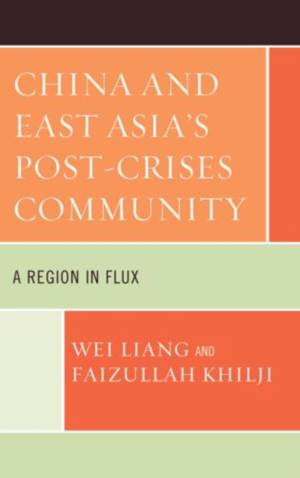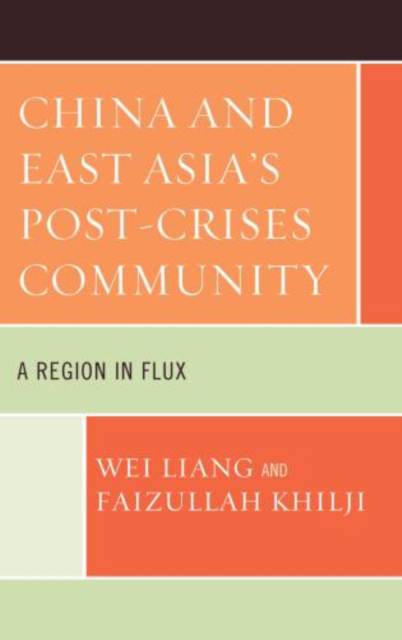
- Retrait gratuit dans votre magasin Club
- 7.000.000 titres dans notre catalogue
- Payer en toute sécurité
- Toujours un magasin près de chez vous
- Retrait gratuit dans votre magasin Club
- 7.000.0000 titres dans notre catalogue
- Payer en toute sécurité
- Toujours un magasin près de chez vous
China and East Asia's Post-Crises Community
A Region in Flux
Wei Liang, Faizullah Khilji
Livre relié | Anglais
184,95 €
+ 369 points
Description
China and East Asia's Post-Crises Community: A Region in Flux, by Wei Liang and Faizullah Khilji, explores how an East Asian community is taking shape as a result of China's emergence as a global economic power and the shocks of the financial crises emanating from the globalized financial system. From a security oriented US-centric regional structure characterized as the hub and spokes system set up after the Second World War, this region is now more nearly an informal economic community, which increasingly appears to be China-centric. This book presents one of the first attempts to weave together different strands of the current discussion to develop a framework for understanding a rapidly evolving East Asia region.
Spécifications
Parties prenantes
- Auteur(s) :
- Editeur:
Contenu
- Nombre de pages :
- 200
- Langue:
- Anglais
Caractéristiques
- EAN:
- 9780739170823
- Date de parution :
- 04-10-12
- Format:
- Livre relié
- Format numérique:
- Genaaid
- Dimensions :
- 157 mm x 229 mm
- Poids :
- 417 g

Les avis
Nous publions uniquement les avis qui respectent les conditions requises. Consultez nos conditions pour les avis.






